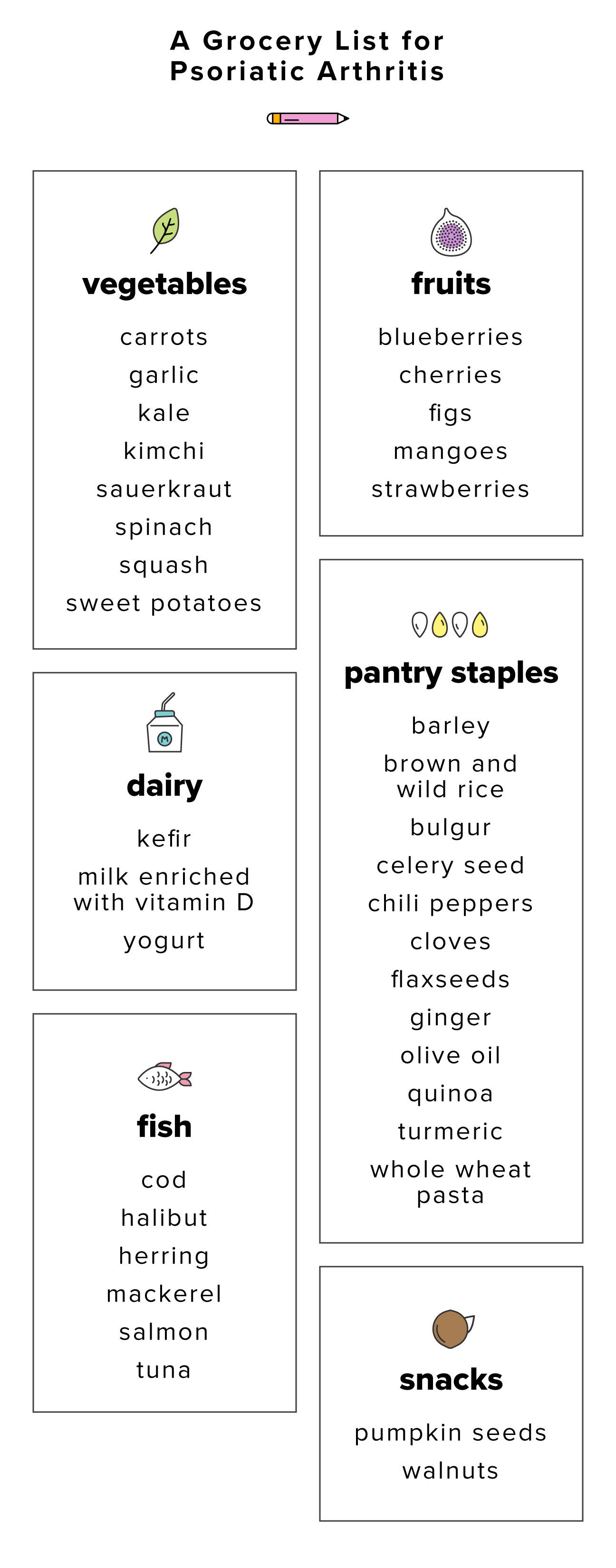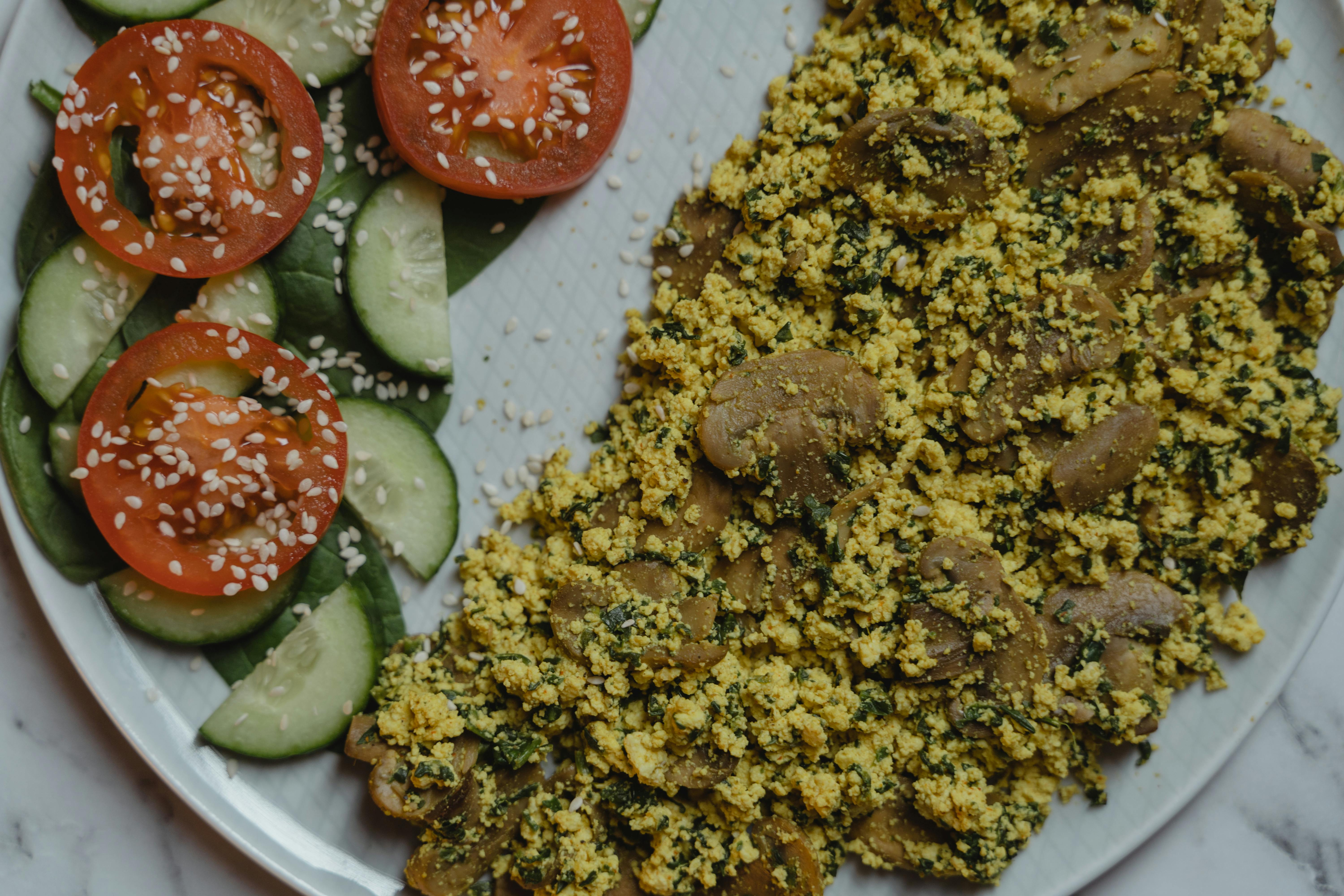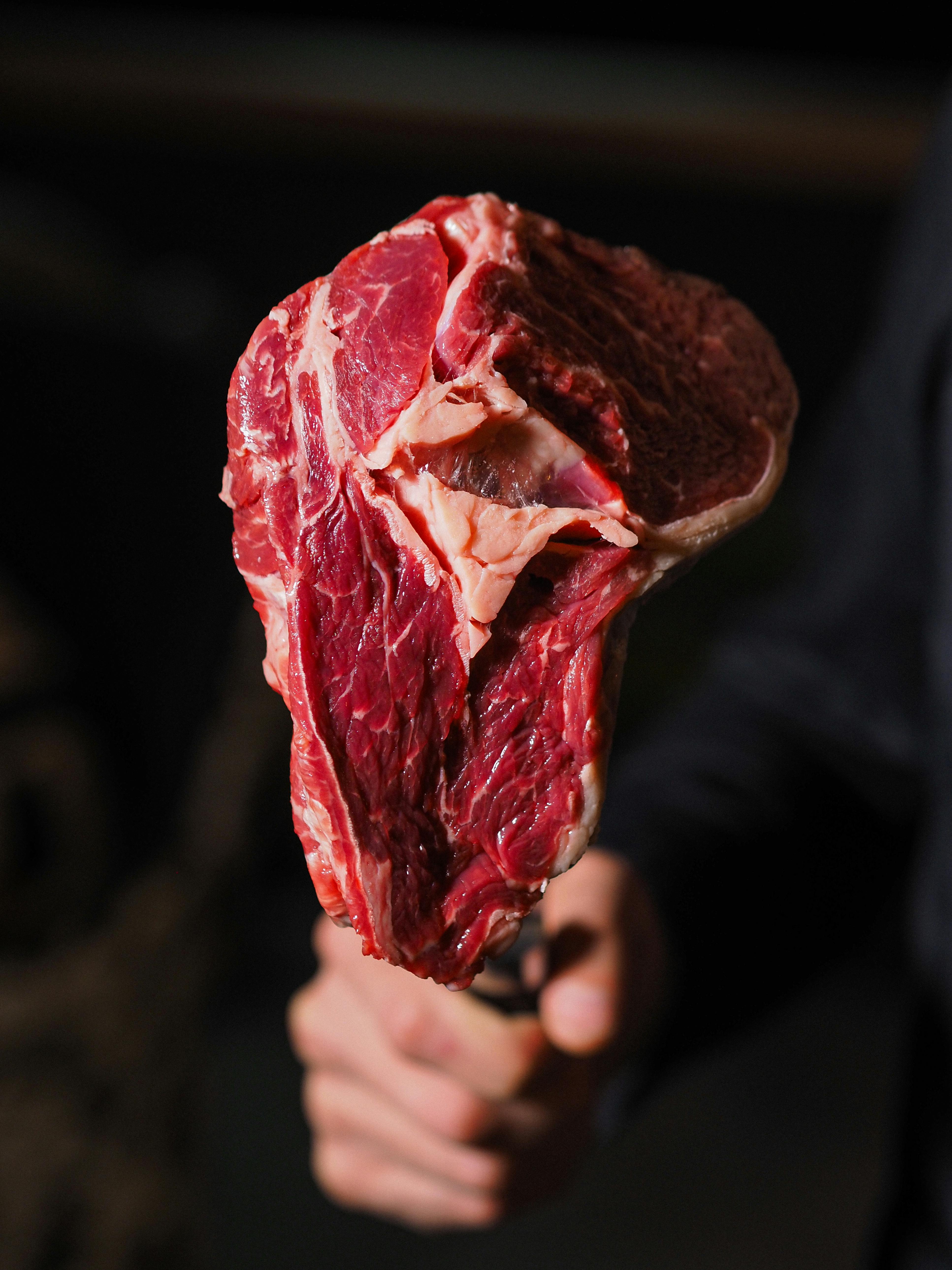Effective Ways to Mince Garlic Cloves for Quick Cooking in 2025
Garlic is a timeless ingredient that enhances flavors across various cuisines. Mastering the art of mincing garlic cloves can significantly elevate your culinary prowess, enabling you to add depth and richness to your dishes quickly. Whether you're preparing a simple pasta dish or planning an elaborate feast, understanding different garlic chopping techniques is essential for maximizing its benefits. In this blog, we'll explore effective methods for mincing garlic, tips for quick preparation, and how to incorporate this versatile ingredient into your cooking.
We'll also delve into the various garlic varieties, health benefits, and clever techniques to preserve minced garlic for future use. Get ready to transform your meals with finely minced garlic and discover the secrets behind this essential aromatic ingredient!
Essential Techniques for Perfectly Mincing Garlic
Building on the importance of garlic in cooking, understanding the essential techniques for mincing garlic is key to achieving that coveted flavor infusion. To successfully chop garlic cloves, you can choose from several methods, each with its unique advantages and best practices.
1. Basic Chopping Method
The most straightforward technique for mincing garlic involves using a chef’s knife. Start by peeling the garlic clove. Gently crush it with the flat side of the knife to loosen the skin before removing it. With a secure grip on the knife, slice the garlic thinly, then turn the slices and mince them into small pieces. This method is ideal for quick garlic preparations, ensuring even distribution of garlic flavor throughout your dish.
2. Using a Garlic Press
If you’re short on time, a garlic press can be a game-changer. Place unpeeled garlic cloves into the device, and apply pressure to extract minced garlic easily. This method minimizes prep time and eliminates the need for chopping. However, it’s important to clean the press thoroughly after use to avoid garlic residue. This technique is particularly efficient for recipes that require a substantial amount of minced garlic.
3. Mortar and Pestle Technique
For a more traditional approach, using a mortar and pestle allows for a deeper infusion of garlic flavor. Place the peeled cloves into the mortar, sprinkle a pinch of salt to act as an abrasive, and grind them until a paste forms. This not only creates a flavorful mixture but also enhances the aromatic properties of garlic due to the grinding process. This method is particularly effective when making garlic pastes or dressings.
4. Food Processor Method
For larger batches, a food processor can be incredibly effective. Add peeled garlic cloves to the bowl, pulse until finely minced, and scrape down the sides as needed. This method can save time, especially when you have multiple cloves to process. However, be careful not to over-process, or you might turn your garlic into a puree rather than achieving that desired minced texture.
5. Utilizing a Grater
A box grater can also be a handy tool for quickly mincing garlic. Simply peel the cloves and use the fine side of the grater to create a garlic paste. This method is especially useful for recipes where you want a strong infusion of garlic flavor without any noticeable pieces, like in marinades or dressings.
Incorporating Garlic into Your Cooking
Now that we’ve covered essential mincing techniques, it’s time to explore how to effectively incorporate garlic into various dishes to maximize its flavor and health benefits.
1. Enhancing Garlic in Sauces
Garlic plays an essential role in creating robust sauces. Whether you’re making tomato sauce, Alfredo, or a flavorful dressing, start by sautéing minced garlic in olive oil to release its aroma before adding other ingredients. This step not only enhances the sauce's flavor but also ensures that the garlic doesn't burn and become bitter.
2. Using Garlic in Marinades
Incorporating minced garlic into marinades can elevate meats and vegetables. Combine garlic with herbs, spices, and acid (like vinegar or citrus) to create a flavorful marinade. The garlic not only adds taste but also tenderizes the meat, resulting in a juicy, flavorful dish. Marinate for at least 30 minutes, or longer for maximum flavor infusion, which can be achieved through slow-cooking methods.
3. Garlic in Stir-Fries and Sautéed Dishes
Garlic is a staple in many stir-fry recipes. Its strong flavor adds layers to the dish, making it ideal for pairing with vegetables and proteins. Add minced garlic to the hot oil before most other ingredients to ensure it caramelizes and releases its essential oils, enhancing overall taste. Quick cooking times are key here; avoid letting the garlic burn.
Storage Tips for Minced Garlic
After learning how to properly mince garlic, it’s essential to understand how to store it effectively to maintain its flavor and quality.
1. Refrigerating Minced Garlic
Minced garlic can be refrigerated for a short period. Place it in an airtight container, ensuring that no air gets in, which can lead to oxidation and loss of flavor. For safety, it's best to use refrigerated minced garlic within a week.
2. Freezing for Long-Term Use
If you frequently use minced garlic, consider freezing it. Portion the minced garlic in ice cube trays, cover it with olive oil or broth, and freeze. Once frozen, transfer the garlic cubes to a resealable freezer bag. This method allows for easy access to pre-portioned garlic whenever needed, extending its shelf life for several months.
3. Creating Garlic Paste
Another option for storage is creating garlic paste using minced garlic mixed with a bit of salt or oil. This paste can be stored in a jar in the refrigerator for longer periods and used quickly in various recipes without the need for fresh mincing each time.
Health Benefits of Using Fresh Garlic
Incorporating freshly minced garlic into your diet can unlock numerous health benefits, extending beyond just flavor enhancement.
1. Garlic’s Nutritional Profile
Fresh garlic is rich in vitamins C and B6, manganese, calcium, and iron. Its bioactive compounds, especially allicin, offer anti-inflammatory and antioxidant properties that contribute to overall well-being. Regular consumption may help improve heart health by lowering cholesterol and blood pressure levels.
2. Garlic as a Natural Antibiotic
Garlic has been widely regarded for its natural antibiotic properties. It can help combat infections and may boost the immune system, making it a vital ingredient during cold and flu seasons. Incorporating garlic into your meals is a simple way to enjoy its benefits while adding flavor to your food.
3. Gut Health Improvement
This incredible ingredient also promotes gut health by acting as a prebiotic, nurturing beneficial gut bacteria. Healthy digestion and improved gut health can enhance nutrient absorption and overall bodily functions.
Common Mistakes When Minced Garlic
As with any cooking technique, there are common mistakes that can detract from your garlic preparation experience. Being aware of these can help you achieve the best results.
1. Over-Mincing Garlic
One frequent mistake is over-mincing garlic, leading to a paste rather than a fine mince. This can affect the texture in your dish; be vigilant when mincing to maintain that ideal balance of flavor and texture.
2. Ignoring Garlic Timing
Adding garlic too early or too late in the cooking process can impact its flavor dramatically. Always sauté garlic at medium heat to prevent burning, as burnt garlic can impart an unpleasant bitter taste to your dishes.
3. Skipping Fresh Garlic
While garlic powder and garlic salt have their uses, relying on them exclusively can limit flavor depth. Fresh garlic is unparalleled in flavor and aroma, making it worth the extra effort to prepare.
Frequently Asked Questions about Mincing Garlic
1. What are the best methods for mincing garlic quickly?
The best methods include using a garlic press for efficiency or a food processor for larger quantities. A simple knife method is also effective if you prefer hands-on prep.
2. How should I store chopped garlic?
Chopped garlic can be refrigerated for up to a week in an airtight container. For longer storage, freeze minced garlic in oil in ice cube trays.
3. Is there a difference in flavor between raw and cooked garlic?
Yes, raw garlic has a sharp, pungent flavor, while cooked garlic offers a milder, sweeter taste. Both can be beneficial in various dishes, depending on the desired flavor profile.
4. Can I use dried garlic instead of fresh?
While dried garlic can serve as a substitute in a pinch, it lacks the flavor intensity and health benefits of fresh garlic. Whenever possible, opt for fresh to enjoy its full flavor and benefits.
5. How can I incorporate more garlic into my diet?
Adding minced garlic to sauces, marinades, stir-fries, and dressings are great ways to incorporate it. Also, consider experimenting with garlic-infused oils and spreads!
For a visual demonstration on properly mincing garlic, check out this image:

Embracing the art of mincing garlic not only sharpens your kitchen skills but also enhances the flavors and nutritional value of your meals. In integrating fresh garlic into your cooking repertoire, you’ll transform your dishes into gourmet delights. Discover more culinary techniques and tips by visiting here and explore various flavors to enhance your meals!
Enjoy experimenting with garlic, and don’t hesitate to try out new recipes to fully appreciate its versatility!

For more culinary secrets, visit here.
